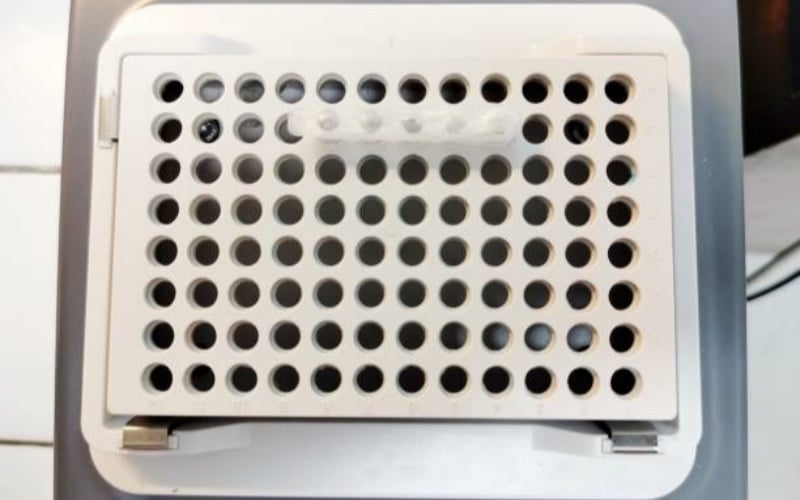Introduction
When it comes to the inner workings of a computer, there are many components that play a crucial role in ensuring its optimal performance. One such component is the heat sink, which is responsible for cooling down the central processing unit (CPU) and other heat-generating components in a PC. In this article, we will delve into the world of heat sinks, exploring what they are, how they work, and why they are essential for a PC's longevity and efficiency.
1. Understanding Heat Sinks
A heat sink is a passive cooling device that helps dissipate the heat generated by electronic components, such as the CPU, graphics processing unit (GPU), and voltage regulators. It consists of a metal or composite material, usually aluminum or copper, with fins or ridges that increase the surface area and facilitate heat transfer. Heat sinks are typically attached to the heat-generating components using thermal interface materials, such as thermal paste or pads, which aid in transferring the heat efficiently.
2. Importance of Heat Dissipation
Heat dissipation is a critical aspect of maintaining the performance and longevity of a PC. When electronic components operate, they generate heat due to the flow of electric current. If this heat is not effectively dissipated, it can lead to overheating, which can damage the components and potentially cause system failure. Heat sinks play a vital role in preventing excessive heat buildup by absorbing and dissipating the heat into the surrounding environment.
3. How Heat Sinks Work
Heat sinks work on the principle of thermal conduction and convection. The heat generated by the electronic components is conducted through the base of the heat sink and transferred to the fins or ridges. These fins or ridges, having a larger surface area, increase the contact area with the surrounding air. As a result, the heat is dissipated into the air through convection, where cooler air replaces the heated air, maintaining a temperature gradient essential for efficient heat transfer.
4. Types of Heat Sinks
There are various types of heat sinks available in the market, each designed to cater to specific requirements. The most common types include active heat sinks, passive heat sinks, and hybrid heat sinks. Active heat sinks incorporate additional components, such as fans or liquid cooling systems, to enhance heat dissipation. Passive heat sinks, on the other hand, rely solely on natural convection for heat transfer. Hybrid heat sinks combine both active and passive cooling methods for optimal heat dissipation.
5. Factors Affecting Heat Sink Performance
The performance of a heat sink is influenced by several factors, including its material, design, surface area, and airflow. Materials with high thermal conductivity, such as copper, are more effective at transferring heat than materials with lower thermal conductivity, like aluminum. The design of the fins or ridges also plays a crucial role in determining the heat sink's efficiency. Increasing the surface area and ensuring proper spacing between the fins can significantly improve heat dissipation.
6. Overclocking and Heat Sinks
Overclocking is a technique used by computer enthusiasts to increase the clock speed of their CPUs or GPUs for enhanced performance. However, this can result in higher heat generation, necessitating efficient heat dissipation. Heat sinks, especially those designed for overclocking purposes, are crucial in this scenario. They help maintain stable operating temperatures, preventing thermal throttling and ensuring the longevity of the overclocked components.
7. Common Heat Sink Installation Mistakes
While heat sinks are essential for PC cooling, their effectiveness can be compromised if not installed correctly. Some common installation mistakes include inadequate application of thermal paste, improper seating of the heat sink, and insufficient airflow within the computer case. It is crucial to follow the manufacturer's guidelines and ensure proper installation to maximize the heat sink's performance.
8. The Future of Heat Sinks
As technology advances, so does the need for efficient cooling solutions. While heat sinks have been the go-to solution for PC cooling for decades, there are ongoing research and development efforts to enhance their performance further. New materials with superior thermal conductivity, innovative fin designs, and advanced cooling technologies are being explored to meet the cooling requirements of increasingly powerful and compact computing devices.
9. Alternative Cooling Solutions
While heat sinks are widely used in PCs, there are alternative cooling solutions available in the market. Liquid cooling systems, for instance, use coolant-filled tubes and radiators to dissipate heat. These systems are often used in high-performance gaming PCs or workstations where extreme cooling is required. However, they are generally more expensive and require regular maintenance compared to traditional heat sink setups.
10. Conclusion
Heat sinks play a vital role in maintaining the optimal performance and longevity of PCs by efficiently dissipating heat generated by electronic components. Understanding their importance and selecting the right heat sink for your PC can significantly enhance its cooling capabilities. Whether you are a casual user or an avid gamer, ensuring proper cooling through the use of heat sinks is essential for a smooth and reliable computing experience.

